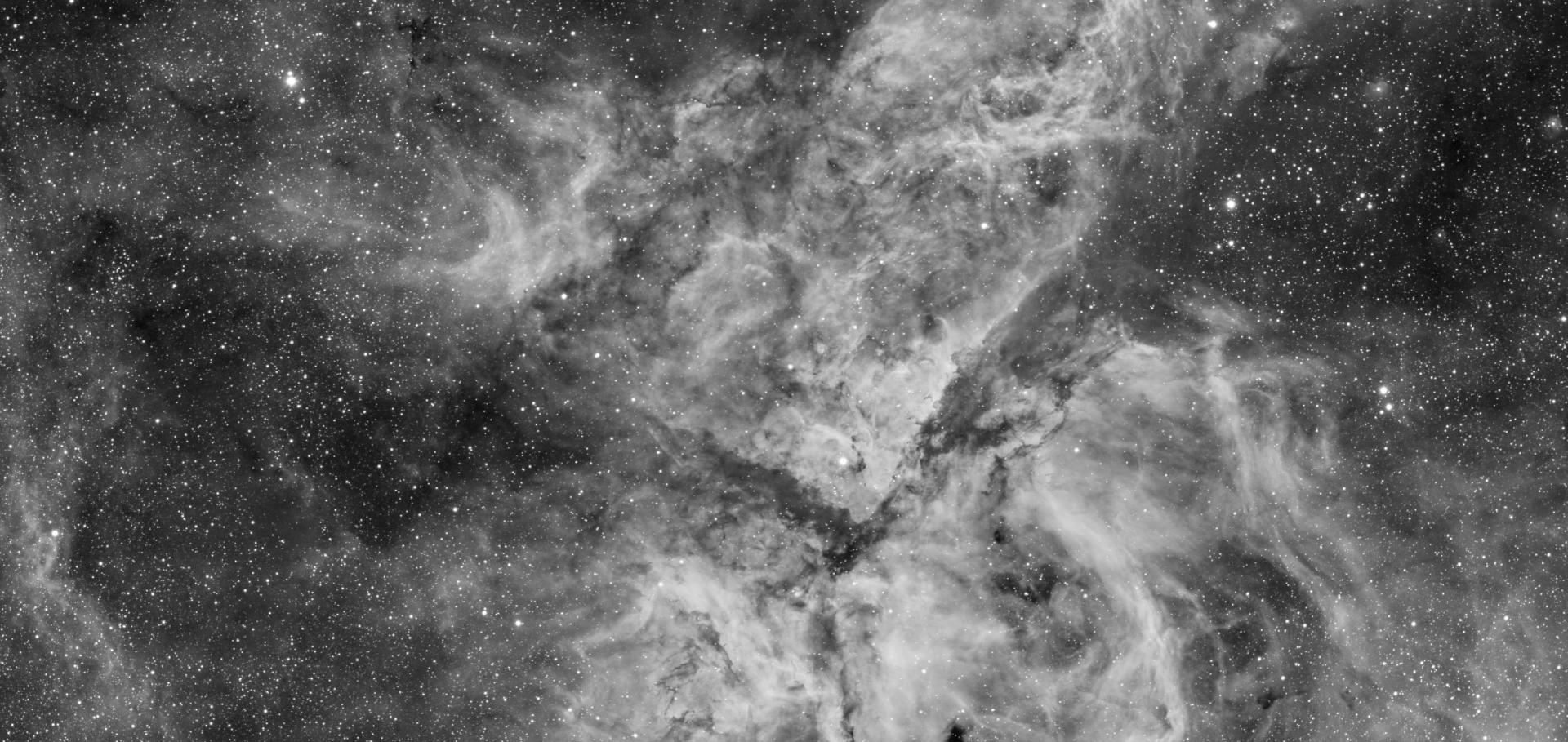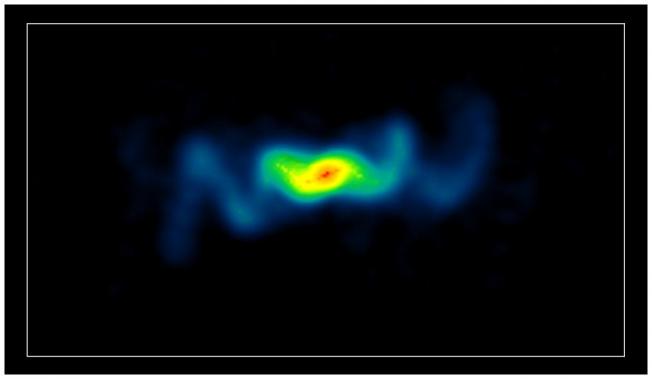An Infrared Imaging Survey of the Faint Chandra Sources near the Galactic Centre
ArXiv astro-ph/0509346 (2005)
Abstract:
We present near-IR imaging of a sample of the faint, hard X-ray sources discovered in the 2001 Chandra ACIS-I survey towards the Galactic Centre (GC) (Wang et al. 2002). These ~800 discrete sources represent an important and previously undetected population within the Galaxy. From our VLT observations of 77 X-ray sources, we identify candidate K-band counterparts to 75% of the Chandra sources in our sample. The near-IR magnitudes and colours of the majority of candidate counterparts are consistent with highly reddened stars, indicating that most of the Chandra sources are likely to be accreting binaries at or near the GC.An Infrared Imaging Survey of the Faint Chandra Sources near the Galactic Centre
(2005)
Radio-loud flares from microquasars and radio-loudness of quasars
ArXiv astro-ph/0505280 (2005)
Abstract:
The low-frequency power spectra of the X-ray and radio emission from four microquasars suggest that two distinct modes of energy output are at work: (i) the `coupled' mode in which the X-ray and radio luminosities are closely coupled and vary only weakly, and (ii) the `flaring' mode, which dramatically boosts the radio luminosity but makes no impact on the X-ray luminosity. The systems are in the flaring mode only a few percent of the time. However, flares completely dominate the power spectrum of radio emission, with the consequence that sources in which the flaring mode occurs, such as GRS 1915+105 and Cyg X-3, have radio power spectra that lie more than an order of magnitude above the corresponding X-ray power spectra. Of the four microquasars for which we have examined data, in only one, Cyg X-1, is the flaring mode seemingly inactive. While Cyg X-1 is a black-hole candidate, one of the three flaring sources, Sco X-1, is a neutron star. Consequently, it is likely that both modes are driven by the accretion disk rather than black-hole spin. Radio imaging strongly suggests that the flaring mode involves relativistic jets. A typical microquasar is in the flaring mode a few percent of the time, which is similar to the fraction of quasars that are radio loud. Thus there may be no essential difference between radio-loud and radio-quiet quasars; radio loudness may simply be a function of the epoch at which the source is observed.Radio-loud flares from microquasars and radio-loudness of quasars
(2005)
Jet Velocity in SS 433: Its Anticorrelation with Precession-Cone Angle and Dependence on Orbital Phase
Astrophysical Journal Letters 622 (2005) L129-L132



